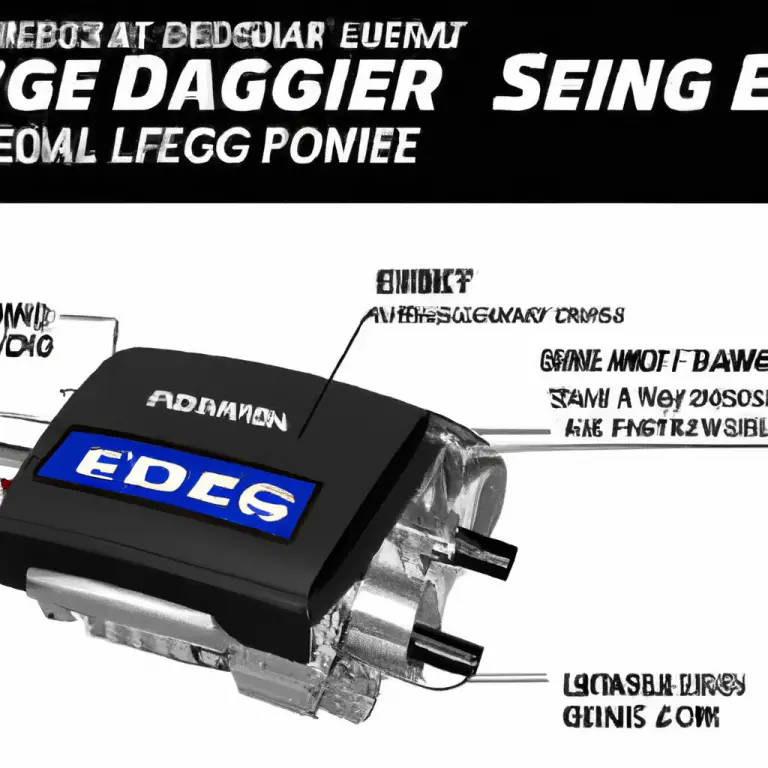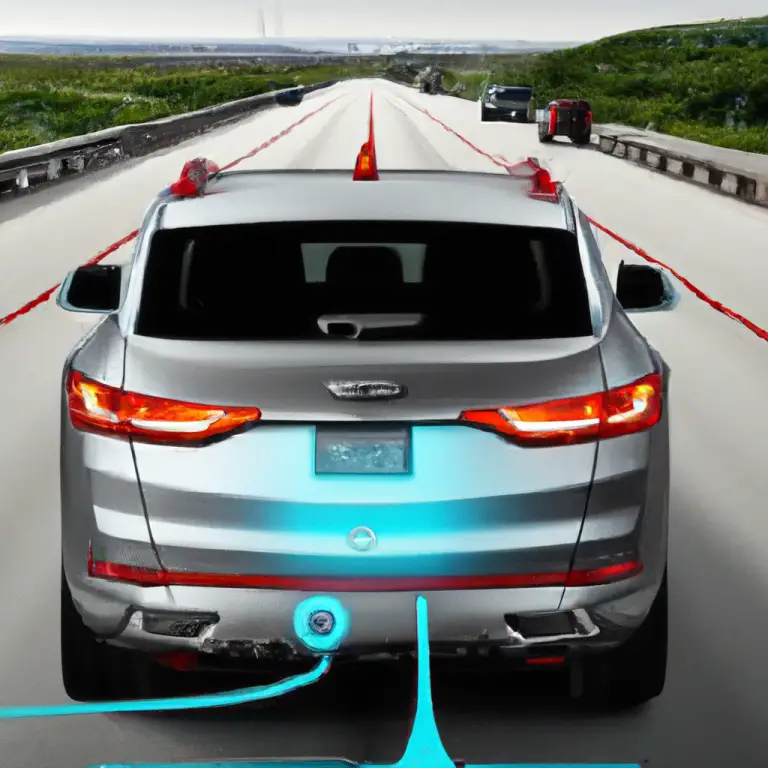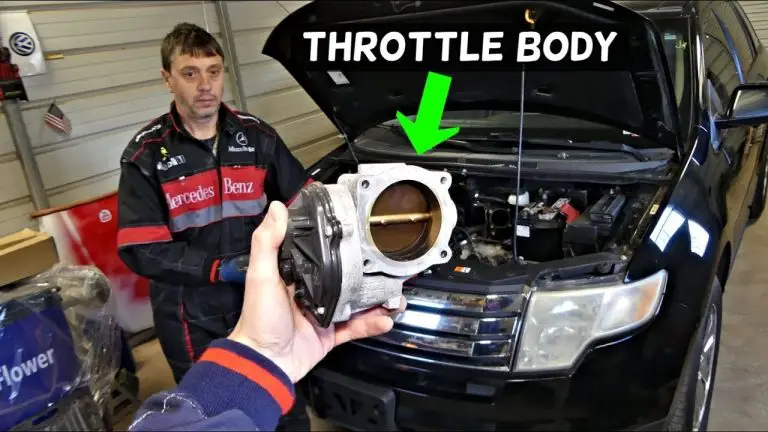Will 33X12 5 Fit 20X9 Rims
Yes, 33×12.5 tires will fit on 20×9 rims. This is a common rim and tire package for the 2009-2014 Ford F-150.
Some say that 33×12.5 tires will fit on 20×9 rims without any modifications to the truck’s height or suspension.
For example, a 2019 Ram 1500 with 20×9 wheels and 33×12.5 tires doesn’t require any trimming or rubbing.
In this article, we’ll cover:
- Vehicles that can accommodate this tire and rim combo
- Benefits of using 33×12.5 tires on 20×9 rims
- Drawbacks you should be aware of
- Tips to optimize your setup
- Factors to Consider When Choosing a Rim and Tire Size
7 Most Common Vehicles That Can Fit 33×12.5 Tires on 20×9 Rims
Curious about the vehicles compatible with 33×12.5 tires and 20×9 rims? Explore seven models that can effortlessly accommodate this setup, with minimal to no modifications.
2009-2014 Ford F-150
The 2009-2014 Ford F-150 models are tailor-made for these dimensions.
Why It Works: Generous wheel well space ensures ample clearance for the tires. No additional modifications are typically required.
2015-2020 Ford F-150 with Leveling Kit
Newer F-150 models may need a minor adjustment—a leveling kit—for the perfect fit.
Why It Works: Raising the front of the truck with a leveling kit eliminates rubbing concerns. However, correct installation is crucial to avoid suspension issues.
2016 Jeep Wrangler
Loved by off-roaders, the 2016 Jeep Wrangler is another excellent candidate.
Why It Works: The vehicle’s sturdy suspension system and expansive wheel wells make it an ideal choice.
2017-2022 Ram 1500
Ram 1500 models from these years are versatile enough to accommodate 33×12.5 tires on 20×9 rims.
Why It Works: The adjustable air suspension allows for flexible height settings.
3 Key Benefits of Running 33×12.5 Tires on 20×9 Rims
If you’re contemplating the idea of fitting 33×12.5 tires on 20×9 rims, you’re in for a treat. There are a host of benefits that come with this popular setup.
Here, we’ll explore the top three advantages, and touch on some extra perks you might not have considered.
1. Improved Performance
Performance takes a front seat when it comes to reasons for choosing this tire and rim size.
Increased Traction: Imagine cruising along a winding road or navigating a challenging trail. Wider tires, like the 33×12.5, provide better grip thanks to a larger surface area contacting the road.
This traction is particularly beneficial for off-road drives and slippery conditions.
Stability: Additionally, the wider footprint of these tires leads to better balance and stability, especially when you’re hitting higher speeds. It’s not just about grip; it’s about the entire driving experience.
2. Increased Ground Clearance
Ground clearance is a godsend for anyone who ventures off the beaten path or has to navigate difficult terrains.
The added height of these tires provides a noticeable lift to your vehicle, making it easier to drive over obstacles like rocks and roots.
Moreover, if you find yourself in less-than-ideal conditions such as mud or snow, the extra inches can be a lifesaver.
3. More Aggressive Look
But it’s not all about function; there’s also the form to consider.
The larger size and wider tread pattern of 33×12.5 tires on 20×9 rims add a level of aesthetic appeal to your vehicle.
This setup not only looks good but also offers functional benefits, like improved traction and stability.
Other Benefits
While the top three advantages are compelling, they’re just the tip of the iceberg.
Beyond improving your vehicle’s performance, appearance, and clearance, this setup can offer several other benefits. For instance, the larger tire size can reduce braking distance, a crucial safety feature.
It also often comes with a higher load rating, beneficial if you’re hauling heavy cargo.
And let’s not forget the smoother ride—the increased air volume in these larger tires can make for a more comfortable journey.
3 Drawbacks That You Have To Know
1. Reduced fuel economy
33×12.5 tires are larger and heavier than stock tires, which means that they require more energy to rotate. This can result in a decrease in fuel economy of up to 5%.
2. Increased drag
Wider tires create more drag, which can also reduce fuel economy and performance.
3. Potential for rubbing
If the offset and backspacing of the rim are not correct, the tire may rub against the fender or control arm. This can cause damage to the tire and the vehicle.
In addition to these drawbacks, running 33×12.5 tires on 20×9 rims may also require modifications to the vehicle’s suspension. This can add to the cost of the upgrade.
Overall, it is important to weigh the pros and cons of running 33×12.5 tires on 20×9 rims before making a decision.
If you are looking for improved performance and a more aggressive look, then 33×12.5 tires may be a good option for you.
However, it is important to be aware of the drawbacks, such as reduced fuel economy, increased drag, and potential for rubbing.
Can I Use 33X12.5 Tires on a 2016 F150 with a 20X9 Rim?
When considering tire options for your 2016 F150 with a 20X9 rim, it is important to consult the manufacturer’s recommendations. Using 33X12.5 tires may impact the vehicle’s performance, including its transmission. To ensure you make the right choice, refer to a reliable transmission fluid check guide for 2016 f150 to ensure optimal functionality.
Tips to Minimize Drawbacks
Now that you’re aware of the potential drawbacks of running 33×12.5 tires on 20×9 rims, you might be wondering how to mitigate these issues.
Here are some practical tips that can help you get the most out of your new setup while minimizing the negatives.
Correct Rim Offset and Backspacing
Getting the offset and backspacing right can prevent a host of issues, including the dreaded tire rubbing.
Selecting rims with the correct offset and backspacing ensures that your tires fit well within the wheel wells, reducing the likelihood of rubbing against the vehicle’s body or suspension components.
By aligning the tire properly, you also improve vehicle stability and performance.
Suspension Modification if Needed
Sometimes, a little tweak to the suspension can go a long way in improving fit and performance.
If your vehicle still experiences rubbing or other fitment issues, consider modifying the suspension.
This could mean installing a leveling kit or even a more extensive lift kit, depending on your needs. These adjustments can enhance ground clearance and make room for your new tires.
Proper Tire Pressure
Maintaining the right tire pressure can mitigate some of the fuel efficiency loss.
Proper tire inflation is crucial for optimal fuel efficiency and performance. Under-inflated tires can significantly reduce your miles per gallon (MPG) and are also a safety hazard. Always adhere to the tire pressure specifications provided by the tire manufacturer or your vehicle’s user manual.
Cautious Driving Habits
Believe it or not, your driving style can also impact the efficiency and lifespan of your tires.
Aggressive driving, such as quick acceleration and hard braking, can exacerbate the drawbacks of larger tires, including reduced fuel efficiency and increased wear. Adopting a smoother driving style can help offset some of these disadvantages.
Factors to Consider When Choosing a Rim and Tire Size
Making an informed decision about rim and tire size is vital for your vehicle’s performance and safety. Here’s everything you need to know.
Offset and Backspacing
Understanding Offset and Backspacing:
These two dimensions are crucial for a proper tire fit. Offset is the distance between the wheel’s center and its mounting surface. Backspacing is measured from the wheel’s mounting surface to its inner edge.
Both measurements are key to preventing issues like tire rubbing and enhancing your vehicle’s handling.
Suspension
How Suspension Affects Choice:
The state of your vehicle’s suspension plays a big role in the rim and tire sizes that will work best.
Lifted or modified suspensions often provide greater flexibility in tire sizes. Always check compatibility to sidestep fitment issues.
Trimming Requirements
When Trimming Is Needed:
Sometimes your chosen rim and tire size might require trimming the fender or wheel housing, especially with oversized off-road tires.
Performance Considerations
Impact on Vehicle Performance:
Your choices can have various effects on performance, including grip, traction, and fuel economy.
Your driving needs—whether it’s off-roading or city driving—will influence the best options for you.
Other Factors to Keep in Mind
Additional Considerations:
Pay attention to the tire’s load and speed ratings, the type of terrain you’ll encounter, and how your new wheels will visually complement your vehicle.
3 Additional Tips for an Informed Decision
1. Measuring for Clearance:
Always measure the space your new tires will occupy to ensure there’s no rubbing against vehicle components.
2. Brake System Matters:
Your brake system might also need an upgrade or adjustment, depending on the size of your new rims.
3. Expert Advice:
When unsure, it’s always beneficial to seek professional advice to avoid costly mistakes in the long run.
Wrapping It Up:
You’ve got the full rundown on whether 33X12.5 tires will fit 20X9 rims and how to make the best choice for your vehicle.
From offset and backspacing to performance trade-offs, you’re now equipped to make an informed decision. So go ahead, give your ride the upgrade it deserves!






